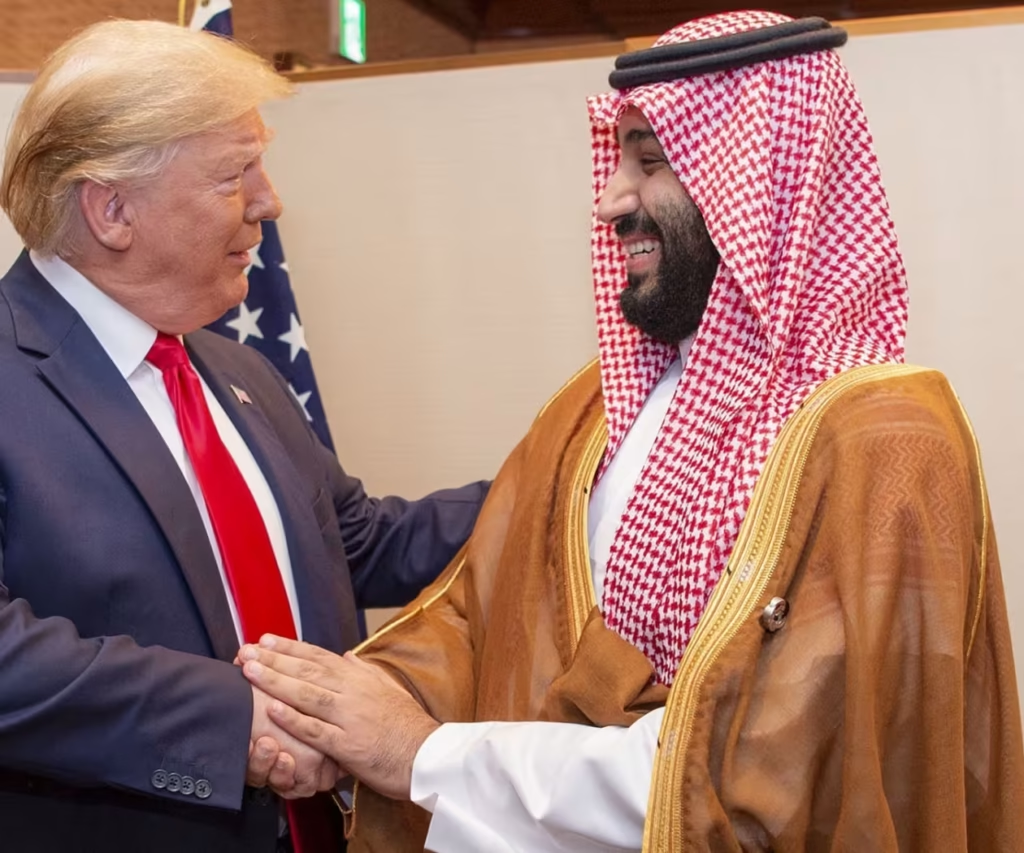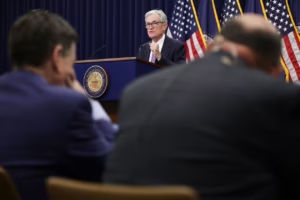Last month, the Saudis surprised the oil markets by proposing to resume production of 411,000 barrels per day in May. Crude prices fell 19% month over month in April as a result of the move, the biggest decline in four years. When one considers that dollar weakening typically serves as a catalyst for oil prices, the magnitude of the decrease is startling.
Is the change an indication that the Saudis are caving in to demands from the United States to cut the price of crude in order to put pressure on Russia? Could U.S. President Donald Trump use the friendly ties between Washington and Riyadh to his advantage to pressure Russian President Vladimir Putin into taking a truce seriously? Where the ‘VLADIMIR, STOP!’ post on Truth Social failed, could this succeed? There may be some cooperation here given Trump’s scheduled trip to Riyadh this month.
According to Tamas Pletser, an analyst at Erste Investment who focuses on the oil and gas industry, it’s a conceivable situation that also applies to Iran, where the United States is attempting to halt its nuclear program.
in Russia, where his authority is essentially unchecked by politics. The only way to exert pressure on him is to cause oil prices to spike, which would immediately restrict Putin’s capacity to finance his conflict with Ukraine.
Sen. Lindsey Graham, a Republican from South Carolina, told the Wall Street Journal that he now has more than 60 co-sponsors for a bill that Trump supporter Sen. Lindsey Graham submitted this week that would impose new sanctions on Russia and tariffs on sovereign countries that import energy from it. This week’s resource agreement between the United States and Ukraine might also persuade the Kremlin to soften its attitude against making compromises to end the war. Near where the battle is taking place, in Ukraine’s eastern regions, is a large portion of the country’s mineral resources.
Falling petroleum prices also have the added benefit of serving as a kind of stimulus for Trump, which is particularly helpful at a time when he is currently failing to convince Fed Chair Jerome Powell to propose rate reduction. The White House must strike a delicate balance, meanwhile, as WTI prices are still below the $62 per barrel breakeven price Rystad Energy says is required to boost U.S. oil production, even if Trump has urged everyone to “drill baby drill.”
On Friday, front-month crude (CL00) was trading at about $59 per barrel.
Saudi Arabia has long been unhappy with OPEC+’s inability to enforce quota compliance, and their recent attempts to give up market share in order to raise prices have not always been successful. The monarchy has shown that it can regain market share and live with cheaper costs.
It is unclear at this point if Putin would tolerate the kind of economic harm that would result from a coordinated period of low oil prices. The State Department’s most recent diplomatic move might eventually convince him to approach the bargaining table more voluntarily.





